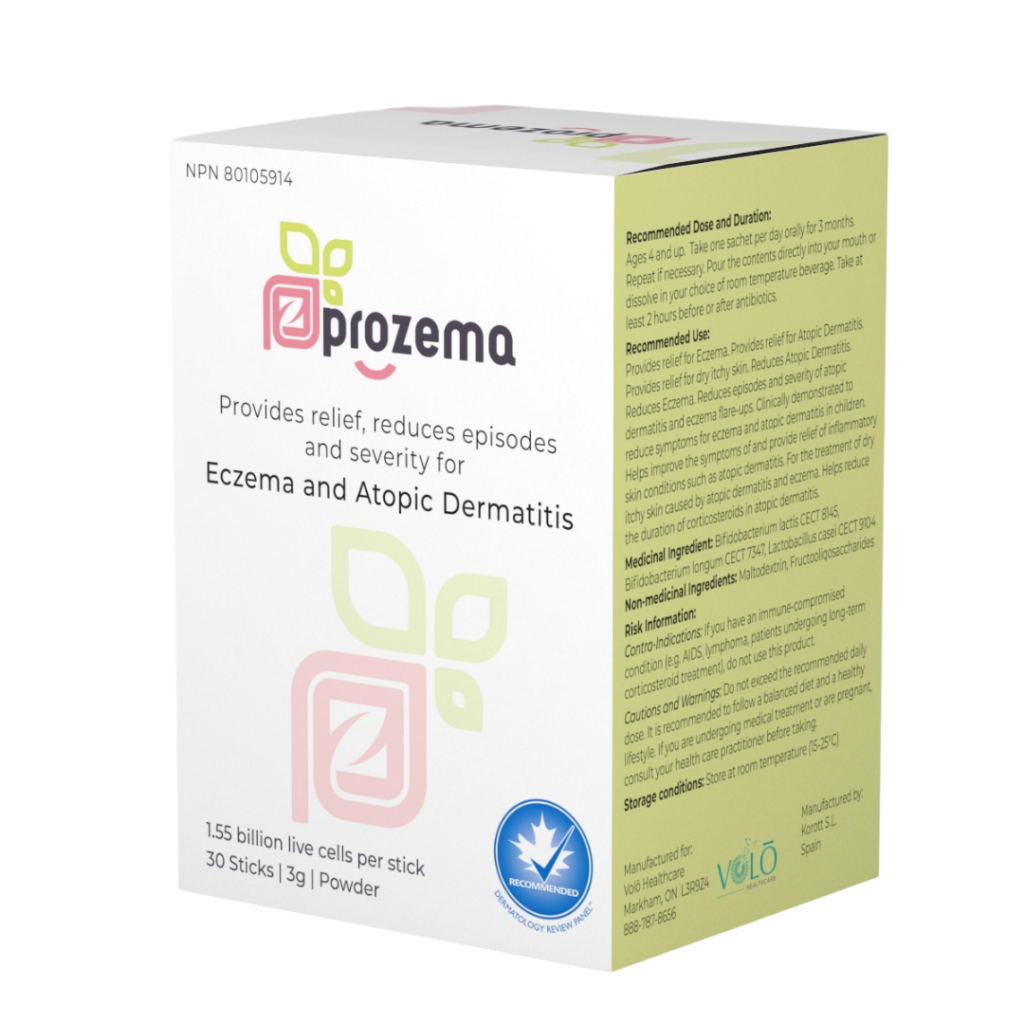
How To Read Names Of Probiotics
Probiotic Names | How To Read Names Of Probiotics | How To Measure Probiotics | How To Read Probiotic Labels | How To Choose A Probiotic
Names Of Probiotics
Understanding the names of probiotics can seem difficult at first. A probiotic name is a mix of words, letters, and numbers.
First, what are probiotics? According to the World Health Organization, probiotics are live microorganisms that confer a health benefit on the host when administered in adequate amounts. In other words, probiotics are approved strains of bacteria that provide a health benefit.
Probiotics are available in a wide variety of foods as well as supplements. The mix of words, letters, and numbers in the names of probiotics together define a strain of bacteria.

Genus, Species, And Strain Of The Bacteria
So, what do these words, letters, and numbers mean?
The names of probiotics contain three parts that describe a specific strain:
- Genus
- Species
- Strains
The genus is a broad category of bacteria that has many species within it. The species category also contains many strains. Most importantly, it is only when you know a bacteria’s genus, species, and strain that you can identify it as a specific bacteria.
So, the names of probiotics always follow the same order: genus species and then strain.
For example, take the bacteria strain Bifidobacterium longum CECT 7347. Here, Bifidobacterium is the genus, longum is the species, and CECT 7347 is the strain.
Colony Forming Units (CFU)
The weight of probiotics in a supplement and the number of bacteria in that supplement can vary a lot. For instance, a supplement that has more milligrams of probiotics may actually have a lower number of bacteria and vice versa.
This is where the Colony Forming Units (CFU) measure comes in. CFU counts measure the number of bacteria in a product. As a result, the CFU count allows consumers to compare probiotic products accurately.
It is important to take note of the difference between CFU at time of manufacture and CFU at end of shelf life.
Probiotics are living organisms. Because of this, some strains do not survive the entire shelf life duration of a product.
The number of bacteria in a probiotic product at the time of manufacture may decrease by the time of consumption. Consequently, the CFU at end of shelf life is a better indicator of the product’s effectiveness.
Guidelines For Names Of Probiotics In Labels
There are guidelines on what information needs to be on probiotic labels. The World Health Organization and the Food and Agriculture Organization of the United Nations state that probiotic labels need the following data:
- Genus, species, and strain of each probiotic strain
- Minimum viable numbers of each probiotic strain at the end of shelf-life
- Suggested serving size or dose
- Health claims
- Proper storage conditions
- Contact details for consumer information
Probiotic Selection And Use
When using probiotics to reduce symptoms of a condition, the best practice is to understand the benefits of specific strains.
While several probiotics may have the same genus, they can have different species and strains. This results in unique strains that have different properties.
This is why it is important to learn how to read the names of probiotics. In other words, understanding the name of a probiotic lets you identify its characteristics. With this information, you can make informed decisions about choosing the right probiotics.

ProZema
Over the last few years, research studies have proven the beneficial role of probiotics. Recently, studies show probiotics help manage the symptoms of conditions like irritable bowel syndrome, inflammation, and atopic dermatitis.
ProZema is a skincare supplement made of a blend of three unique probiotic strains. These strains are:
- Bifidobacterium longum CECT 7347
- Bifidobacterium lactis CECT 8145
- Lactobacillus casei CECT 9104
Here, Bifidobacterium and Lactobacillus are the genus names. The species are longum, lactis, and casei. The strains are the alphanumeric parts CECT 7347, CECT 8145, and CECT 9104.
Each of these strain has a specific characteristic. Bifidobacterium longum CECT 7347 has anti-inflammatory properties. Bifidobacterium lactis CECT 8145 features antioxidant characteristics. Lastly, Lactobacillus casei CECT 9104 has antioxidant properties and promotes diversity.
ProZema’s blend of three unique probiotic strains have been clinically proven to reduce the symptoms of eczema and atopic dermatitis. Suitable for children between the ages of 4 and 17 years, ProZema is an odourless powder with a neutral taste. It is easy to mix into breakfasts, lunches, and dinners.
Containing 1.55 billion live cells per stick of probiotics, ProZema reduces the symptoms of eczema and atopic dermatitis within 12 weeks of continued use. Discover more about ProZema here.
References:
National Institutes of Health: Probiotics
International Scientific Association for Probiotics and Prebiotics: Probiotic Product Labels
